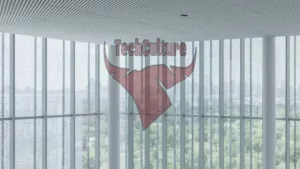Couple Navigates Financing Challenges for Rental Property Renovations
Jennifer Sisson and her husband recently faced unexpected hurdles in their quest to finance renovations for two rental properties they had acquired. The couple’s journey highlights the complexities of real estate investment and the creative solutions sometimes required in today’s lending landscape.
Initially planning to leverage a Home Equity Line of Credit (HELOC) on their first property to fund repairs on the second, the Sissons quickly discovered this option was off the table. National chains and local banks alike were hesitant to offer a HELOC due to the low value of the properties. Adding to their difficulties, Consumer Finance Protection Bureau regulations on fees further complicated their ability to secure a loan.
Despite boasting high credit scores and significant equity, the couple found themselves unable to access traditional home equity financing options. This setback forced them to explore alternatives, ultimately leading them to consider an unsecured personal loan.
The personal loan solution, while not ideal, proved to be a viable option for the Sissons. Although it came with a higher interest rate of 10% compared to the potential 8% for a home equity loan, it offered several advantages. The loan didn’t tie the fate of their first property to the second and featured a streamlined application process. The couple appreciated the quick approval and the absence of home appraisal or origination fees typically associated with secured loans.
However, opting for a personal loan was not without its drawbacks. The $30,000 borrowed had a noticeable impact on the Sissons’ credit scores, potentially increasing the cost of purchasing a primary residence in the future. Despite these concerns, the couple remains satisfied with their decision, as it allowed them to commence their rental portfolio.
The renovated property has since appreciated, thanks to both market conditions and the sweat equity invested by the Sissons. This outcome has reinforced their belief in the potential of real estate investment, even when faced with financing challenges.
This case underscores the importance of flexibility and resourcefulness in real estate investing, particularly for those entering the market or expanding their portfolios. As lending criteria continue to evolve, investors may need to consider unconventional financing methods to achieve their property goals.






